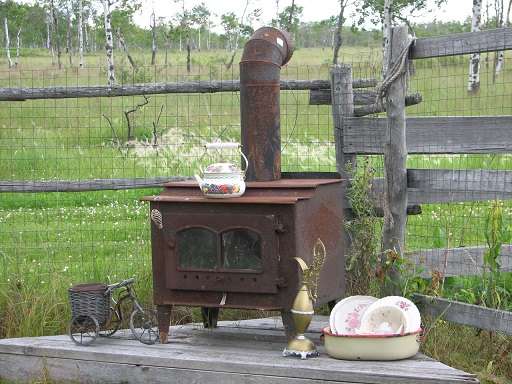Commercial Air Conditioning in the US – Rise of the Cooling Machines
 Commercial Air Conditioning, A Brief History by American Cooling and Heating
Commercial Air Conditioning, A Brief History by American Cooling and Heating
The comforts of modern day Mesa Air Conditioning reflect the results of early commercial air conditioning growth in the United States. Beginning in the late 19th century, American engineers launched a drive for control over the humidity, quality and temperature of indoor air. The first efforts focused on industrial management of humidity-sensitive clothing materials. However, the power of controlled heating and cooling could not long be limited to humidity management. By the 1920s, the effectiveness of air conditioning captured the commercial comfort market.
American Cooling and Heating provides Mesa air conditioning sales, installations and services on all top-line heating and cooling equipment, including Amana, Carrier, Trane and more. The company offers commercial, industrial and residential HVAC solutions. To make immediate contact with an ACH Mesa heat pump specialists, click here.
Herein, Arizona-based American Cooling and Heating presents a snapshot of the early stages of commercial air conditioning in the U.S.
Commercial Indoor Air Management Quickly Shifts Into the Comfort Zone of Indoor Air Quality
Within years of initial development for industrial applications, the principles of commercial indoor air management gripped the hopes of retail industries, the movie industry and commercial landlords. Heating and cooling equipment found a quick home in movie theaters, retail department stores and anywhere else that comfortable indoor living created a demand.
For nearly forty years, costs versus benefits limited the use of residential HVAC applications. Up into the early 1960s, commercial landlords dominated the market – even over industrial settings. For fifty years and longer, the demand for commercial and retail indoor air quality management shaped HVAC marketing practices as well as heating and cooling technical achievements.
During these early years of development, regional demands and available marketplaces established the rate of diffusion. Economic conditions created the primary force behind the development and deployment of air conditioning technology. A focus on short-term profits often overshadowed the profit potential associated with modern residential HVAC sales, installation and services.
In a 2010 white paper released by Jeff E. Biddle from Michigan State University, the author presents three economic factors that played a major role in the diffusion of commercial air conditioning equipment (1). The issues, according to Biddle are as follows:
- Factors directly pertaining to a firm’s concept of how air conditioning could influence consumers to place a preference on said vendor’s products or services
- Profit margins when aligned with market and industry characteristics that promote an increase in product or services demand
- And the costs for HVAC installation and operation.
In the pre-1960s, the acquisition of retail, industrial or commercial air conditioning equipment involved a serious balance between expense and the practical relationship between the goods or services being delivered. In essence, business installation of heating and cooling equipment set a heavy focus on how long a consumer could actually enjoy the benefits of managed indoor air quality. Thus movie theaters, restaurants and commercial housing developments gained the greatest return on investment.
Climate Changes – A Driving Force Behind the Growth of Residential Heating and Cooling
As written in a report prepared by The Edison Foundation, since 1940 the U.S. consumption of electric energy has quadrupled (2). Furthermore, the report defines electric energy as a “key driver of economic growth and productivity.” By taking advantage of the data collected via a 1940 Edison Electric Institute survey, Biddle crafts a convincing argument concerning the relationship between demographic characteristics, economic conditions and regional climate. The correlation between the growth and application of modern day air conditioning and global warming cannot be ignored. Furthermore, the expansion of HVAC installation directly relates to the previous and current cost of electrical energy.
Locating Quality Mesa Commercial Air Conditioning and Residential AC Services
This paper serves as a primer for people interested in detailed studies of the HVAC industry. As a Mesa homeowner, you may wonder how such information is pertinent to your heating and cooling needs. ACH believes that knowledge represents a measuring stick for determining company expertise, skill and competence. As such, American Cooling and Heating strives to provide Arizona consumers with evidence of professional heating and cooling experience and skills.
Whether dealing with industrial, residential or commercial air conditioning Mesa, or in any other Phoenix regional location, ACH can meet your HVAC service needs.
- http://econ.msu.edu/faculty/biddle/docs/posted draft.pdf
- http://eei.org/issuesandpolicy/stateregulation/Documents/Brattle_Report.pdf